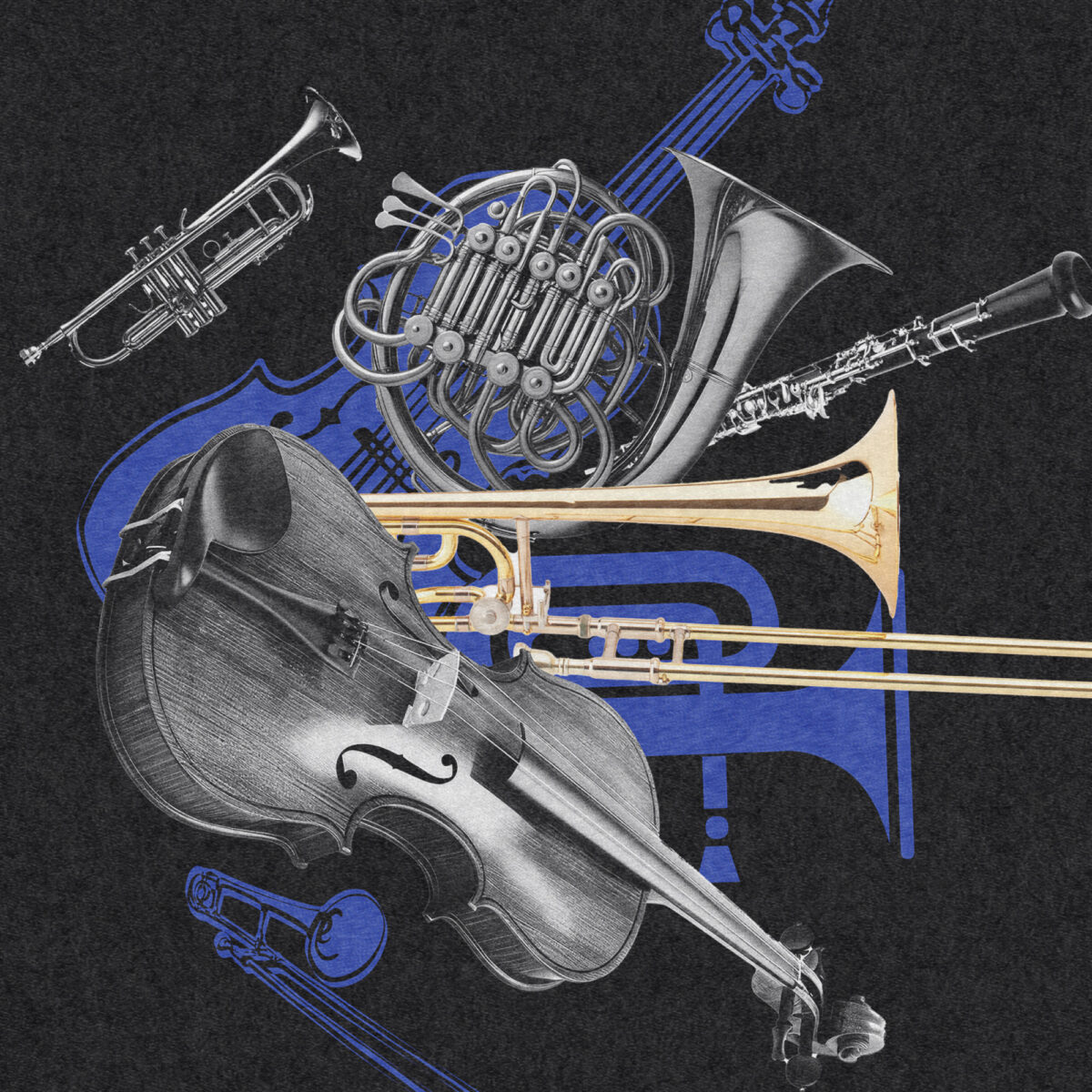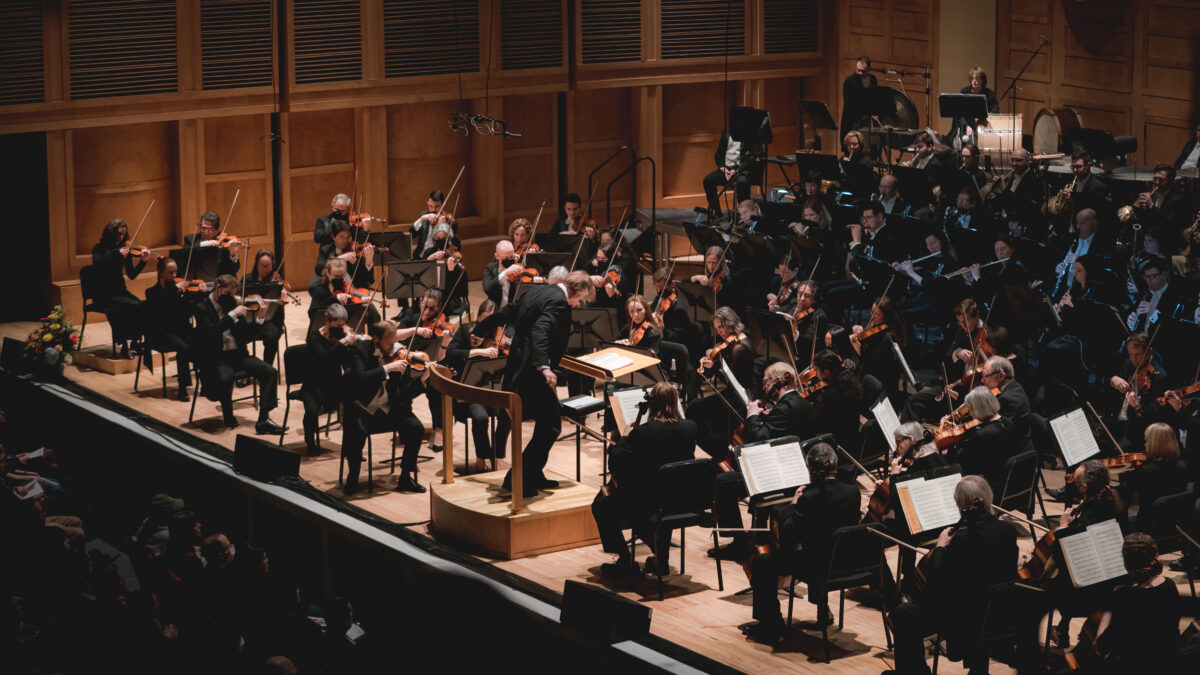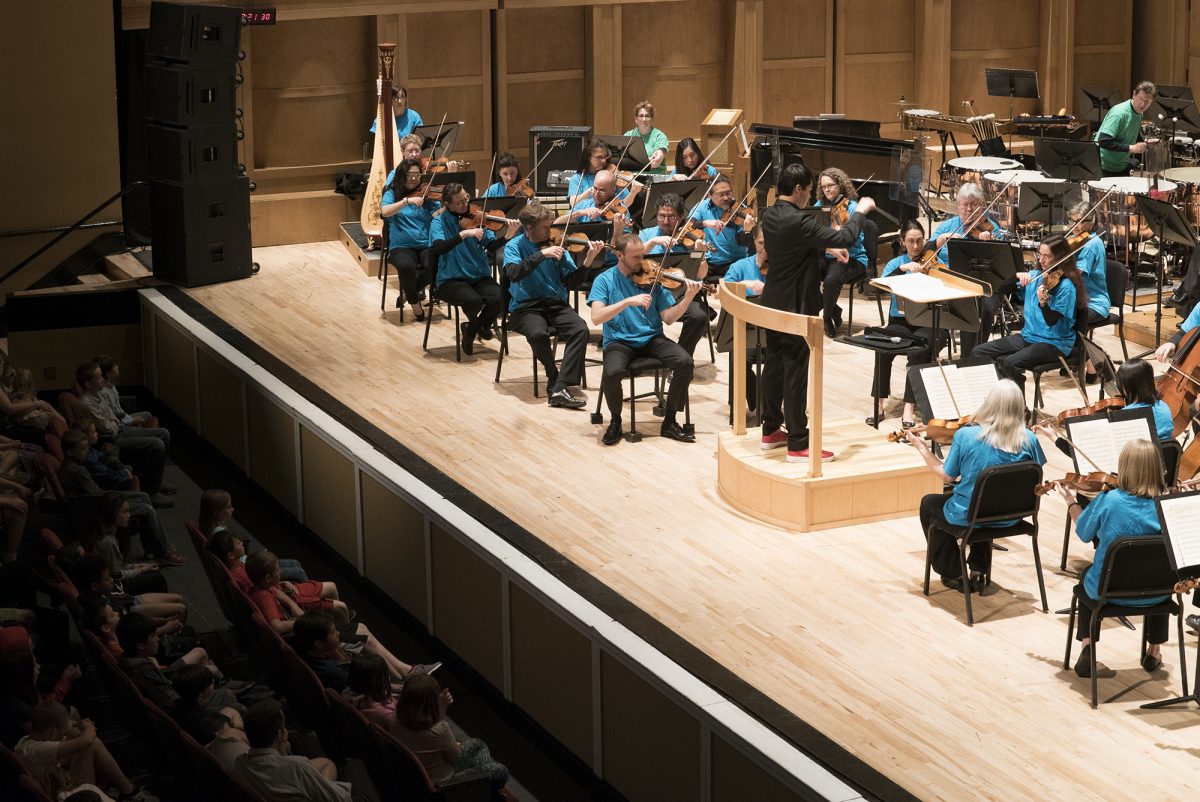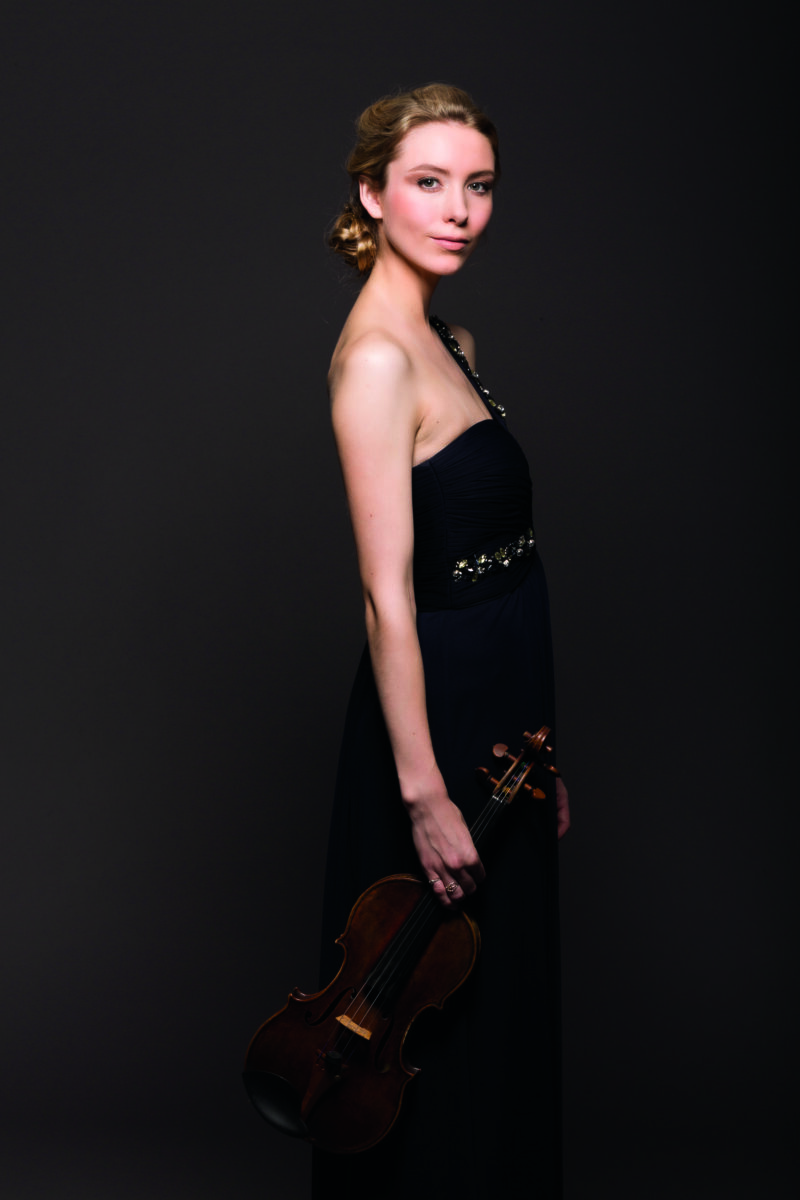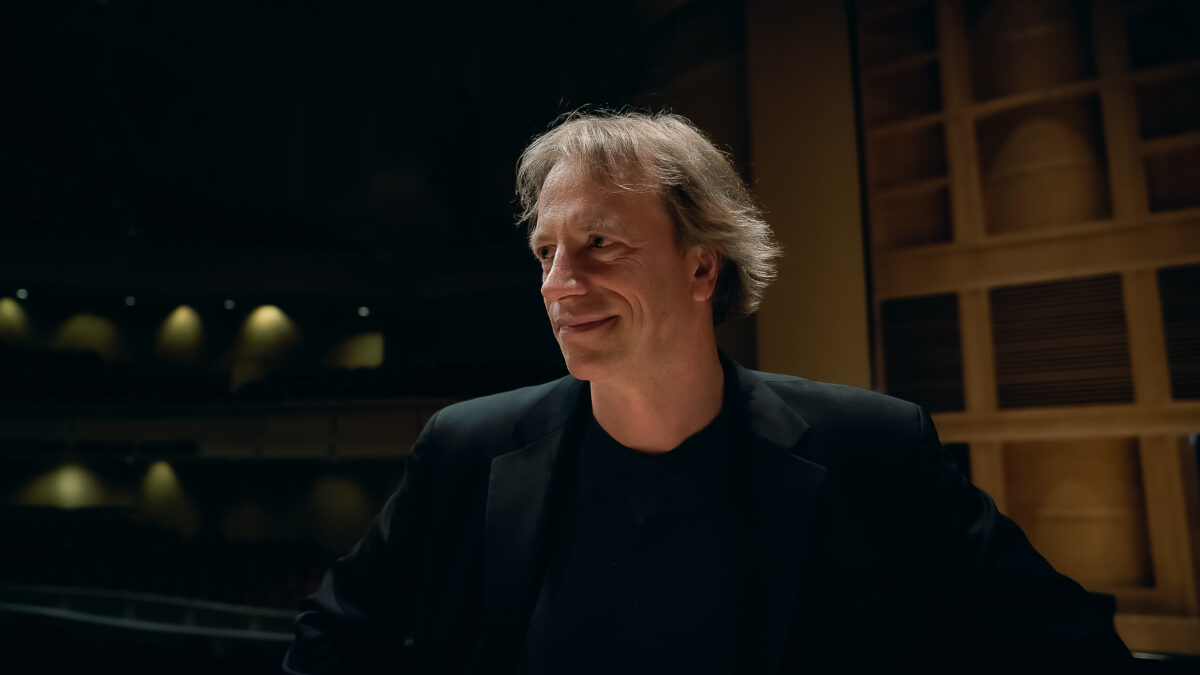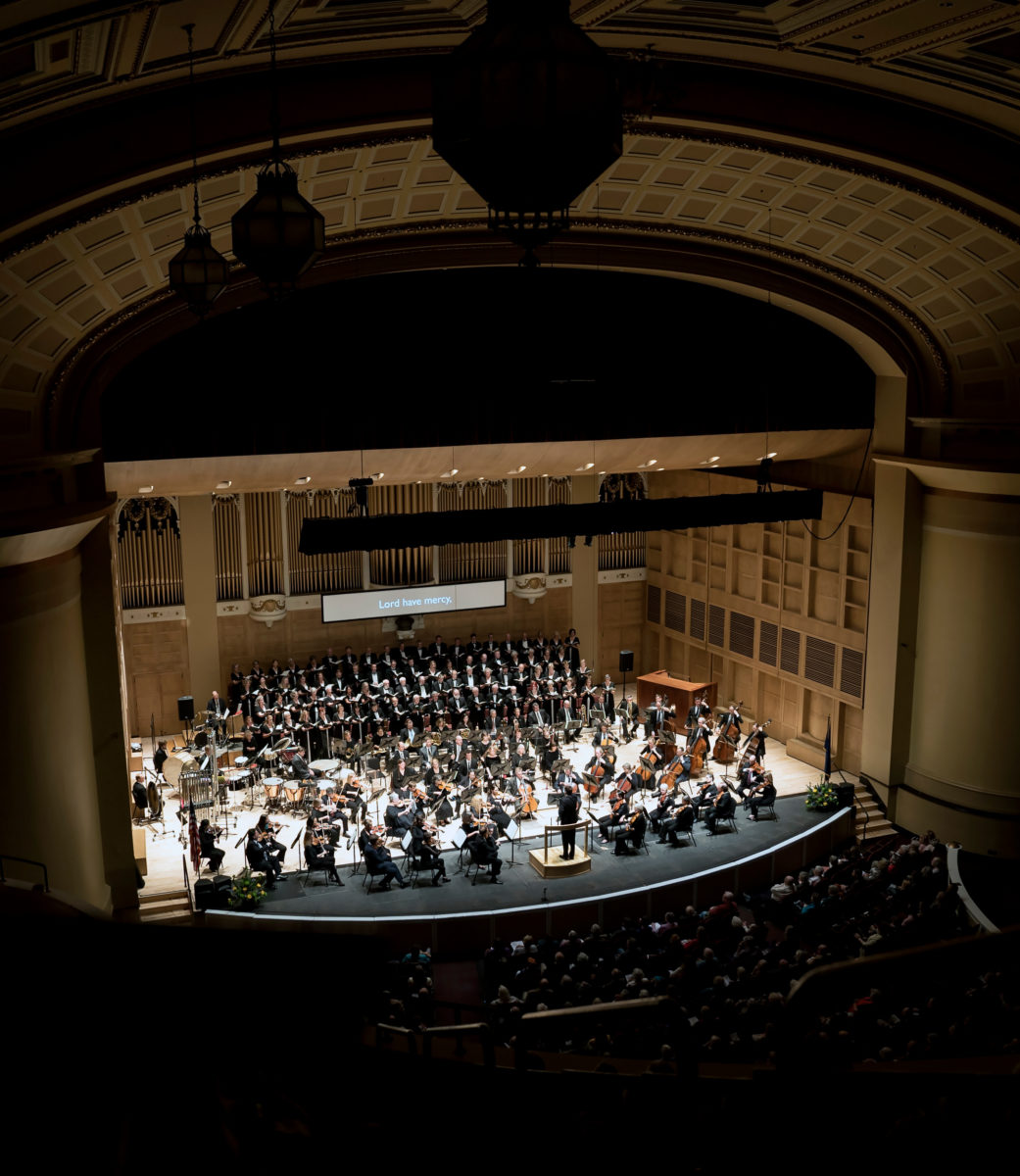Dvořák’s “New World” Program Notes
Jean Sibelius
Concerto for Violin & Orchestra in D minor, Op. 47
Jean Sibelius was born in Tavestehus, Finland in 1865 and died in Järvenpää in 1957. He composed his Violin Concerto between 1902 and 1904, and conducted the first performance with violinist Victor Nováček and the Helsingfors Philharmonic the same year. The concerto is scored for solo violin, 2 flutes, 2 oboes, 2 clarinets, 2 bassoons, 4 horns, 2 trumpets, 3 trombones, timpani, and strings.
*****
As a youth Jean Sibelius wanted to be a violinist even though he had also shown great promise as a composer: “My tragedy was that I wanted to be a celebrated violinist at any price. From the age of 15, I played my violin for ten years, practically from morning to night. My preference for the violin lasted quite long, and it was a very painful awakening when I had to admit that I had begun my training for the exacting career of an eminent performer too late.” It’s not surprising, then, that Sibelius would choose the instrument he knew best for the only concerto he would compose.
By the turn of the twentieth century, many composers had disavowed the classical concerto model of a soloist-with-orchestral-accompaniment in favor of a coalescent approach giving equal weight and musical value to each. Sibelius intended to return to the earlier practice, with the soloist dominating the proceedings, but he may have gone overboard: when the Concerto was first performed, neither Sibelius nor the critics were terribly satisfied. He revised the work in 1905, giving greater prominence (though not equality) to the orchestra and eliminating some of the busy-work in the solo part.
The opening of the first movement is unusual: not only does the violin enter almost immediately, but as it intones the first theme of the piece it also has the first discernable rhythm, played against a static orchestral background. There are three major themes, and each is developed somewhat before the next one arrives; the cadenza takes the place of a true development section. Though there are islands of calm in this movement, the drama and passion of the music are electrifying, and its effect—despite the composer’s intentions—is very nearly symphonic.
The Adagio di molto has a more traditional shape: its low, melancholy melody spins out, is developed, and eventually dies away.
Sibelius referred to the high-energy Finale as a Danse Macabre, though it has also been called a “polonaise for polar bears.” Either way it is high entertainment. The soloist engages in breathtaking fireworks, but not just for show: everything the soloist plays advances the musical cause in partnership with the orchestra.
The Violin Concerto reflects how Sibelius’ compositional approach was changing. The program music, patriotic nationalism and romanticism were giving way to a more austere and concentrated musical language with a hint of the neoclassical to it. Though his rhetoric became more objective, Sibelius continued to formulate his music in terms of orchestral sound. Parts were not assigned after composition; rather, the weight and sonority of the orchestra were always in mind as he conceived the music.
There doesn’t seem to be any program music in this concerto, nor the kind of landscape-painting you often find in Sibelius’ other works. Still, even his absolute music seems replete with the sights and sounds of nature. Whether intended or not, listeners hear the woodlands in the notes, and this suited Sibelius: “I love the mysterious sounds of the fields and forests, water and mountains. It pleases me greatly to be called an artist of nature, for nature has truly been the book of books for me.”
*****
Antonín Dvořák
Symphony No. 9 in E minor, Op. 95 “From the New World”
Antonín Dvořák was born in Mühlhausen, Bohemia in 1841 and died in Prague in 1904. He completed his Ninth Symphony in May of 1893, and Anton Seidl conducted the first performance with the New York Philharmonic later that year. The score calls for 2 flutes, piccolo, 2 oboes, English horn, 2 clarinets, 2 bassoons, 4 horns, 2 trumpets, 3 trombones, tuba, timpani, percussion, and strings.
*****
Dvořák might never have come to the new world—or composed a symphony by the same name—had it not been for the tenacity of a dedicated, indefatigable, and fabulously wealthy woman. Jeanette M. Thurber, the wife of a millionaire green-grocer, had single-handedly established the National Conservatory of Music in New York City. When the conservatory needed a new director in 1892, Mrs. Thurber set her sights on Dvořák. At first Dvořák wasn’t interested. But Mrs. Thurber persisted, and after a long series of cables culminating in an offer of twenty-five times his current salary, Dvořák finally relented.
Once in America, Dvořák was drawn to American folk music of every kind. He frequently asked a Black composition student, Harry T. Burleigh, to sing and play him Negro spirituals and plantation songs. According to Burleigh, “Dvořák just saturated himself with the spirit of these old tunes.”
Dvořák said: “I am convinced that the future music of this country must be founded on what are called the Negro melodies. In the Negro melodies of America I have discovered all that is needed for a great and noble school of music. America can have her own music, a fine music growing up from her own soil and having its own special character—the natural voice of a free and great nation.” Dvořák set out to capture that spirit in his new symphony. (The composer was correct in his assessment in every particular save one: he could not have known that the “great and noble school of music” he predicted would one day become known as “jazz.”)
The debut of the Ninth sparked a debate over just how American it really was. No one can miss the resemblance of the first movement’s flute solo to “Swing Low, Sweet Chariot.” The second movement’s English horn melody is so like a Negro spiritual that someone later turned it into one, writing words to go with Dvořák’s music. And we have it from Dvořák that Longfellow’s Song of Hiawatha inspired the symphony’s middle movements—the second movement by Minnehaha’s funeral scene, the third by the ritual Indian dance. But the music was Dvořák’s: “I have simply written original themes embodying the peculiarities of Negro and Indian music and, using these themes as subjects, have developed them with all the resources of modern rhythm, harmony, counterpoint, and orchestral color.”
Yet when European audiences heard the Ninth, they found it to be as Bohemian as anything Dvořák ever wrote—and they were correct. Despite his enthusiasm, Dvořák’s knowledge of American music was superficial; when he wasn’t actively trying to sound American he sounded just like Dvořák. And those who hear the landscapes of America in the Ninth might be surprised to know that Dvořák composed it before he had set one foot outside New York City. Perhaps it is, as Kurt Masur has observed, a great tragic symphony written on the theme of homesickness.
All such questions are insignificant beside the achievement of the symphony itself. It brims over with melody and drama. Its emotional span runs from quiet tenderness to sheer ferocity. It is full of magical moments—one thinks of the other-worldliness of the second movement’s opening chords, and how they are reincarnated with fearsome power in the Finale. If Dvořák took little that was truly American, he gave back what is arguably the greatest symphony composed on these shores: a magnificent gift from a generous man. Our gratitude is due him—and, of course, to Mrs. Thurber.
—Mark Rohr
Questions or comments?
markrohrprogramnotes@gmail.com






